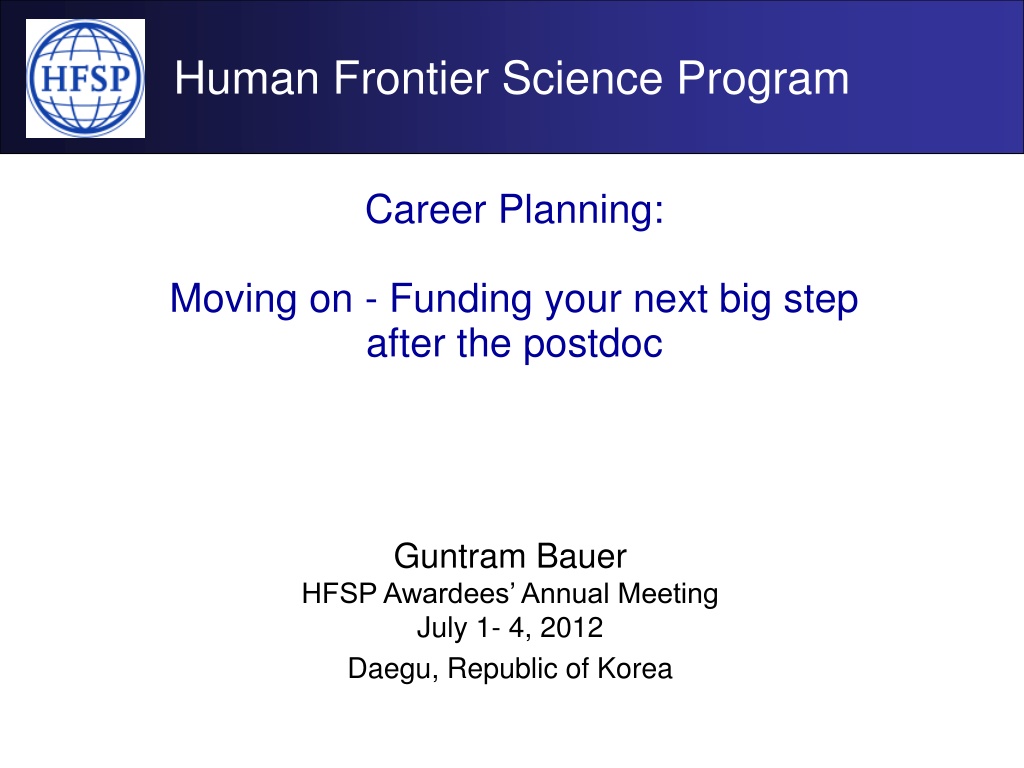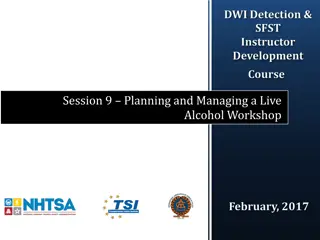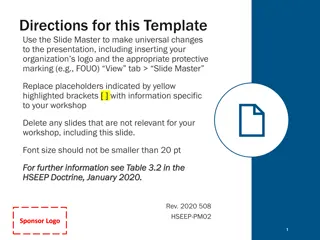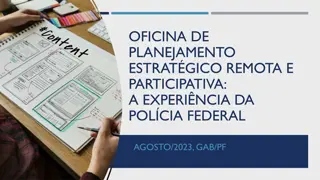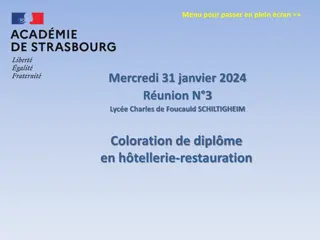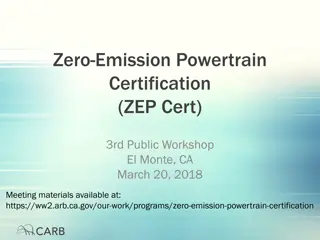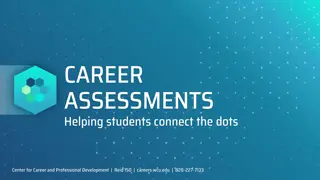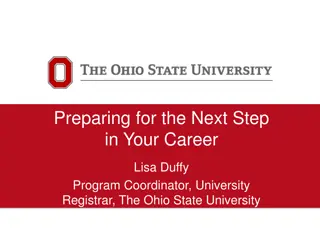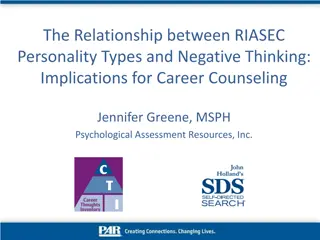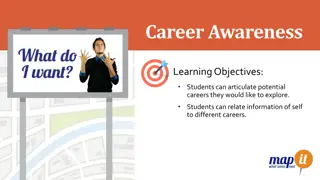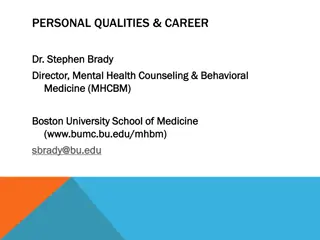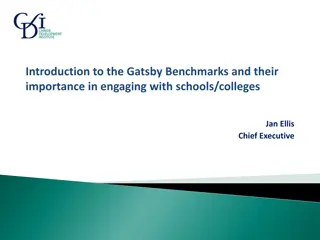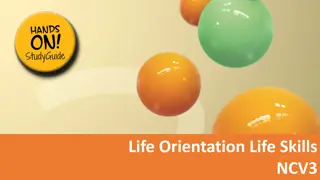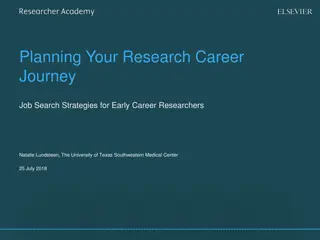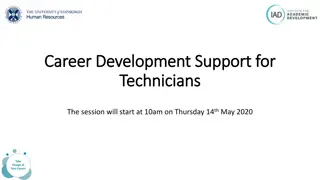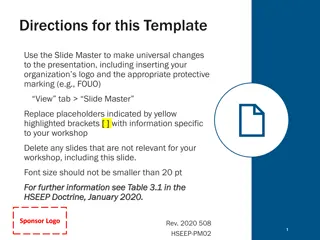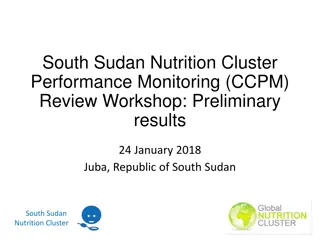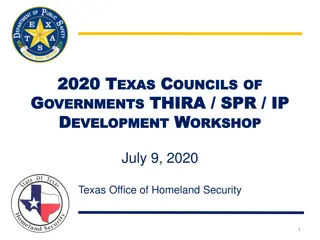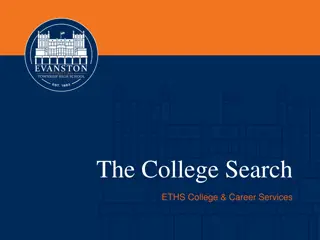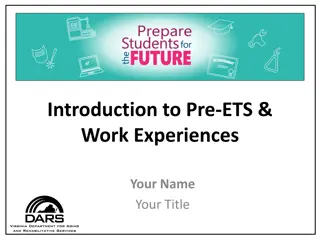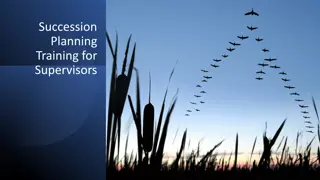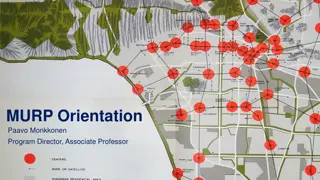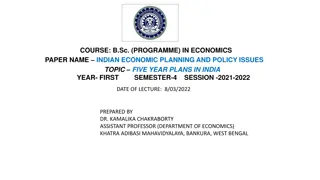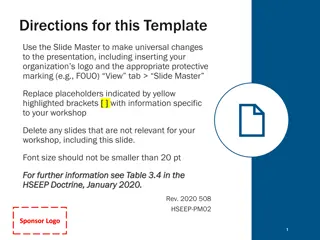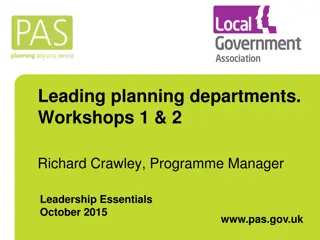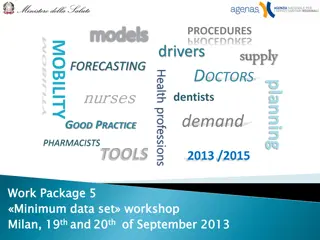HFSP Career Planning Workshop Highlights
Explore career planning opportunities with HFSP fellowships, including deferral options, CDA transition strategies, and early career support. Learn about funding your next steps after the postdoc, leveraging philanthropic landscapes, and establishing your first laboratory. Discover new rules for HFSP Early Career Support and Fellow CDA Transition.
Download Presentation

Please find below an Image/Link to download the presentation.
The content on the website is provided AS IS for your information and personal use only. It may not be sold, licensed, or shared on other websites without obtaining consent from the author. Download presentation by click this link. If you encounter any issues during the download, it is possible that the publisher has removed the file from their server.
E N D
Presentation Transcript
Human Frontier Science Program Career Planning: Moving on - Funding your next big step after the postdoc Guntram Bauer HFSP Awardees Annual Meeting July 1- 4, 2012 Daegu, Republic of Korea
Why This Workshop? Many fellows are not fully aware of the flexibility for career planning that is inherent and unique to an HFSP fellowship For example: Option for deferral (after the 2ndyear) in combination with the third fellowship year Being competitive at the time of the application for the CDA The potential of the HFSP fellowship Planning towards your CDA application The philanthropic funding landscape
HFSP Early Career Support $: NSF, NIH,... : BBSRC, MRC,.. : DFG, CNRS,... EMBO (Europe) New country EMBO LTF 1-2 Deferral LTF3 3 6 9 12 Time since Ph.D. (Years)
Fellow CDA Transition The CDA is not the best paid in this category but it buys time and helps to close a funding gap Already as an HFSP fellow you carry the badge of distinction; the CDA may help you even further (feedback from previous CDA holders) The CDA, just like the HFSP Research Grant, is meant as seed money to establish your first laboratory and to embark on a novel line of research. Funds may not be sufficient to support your entire laboratory. Identify additional sources for funding early and devise a strategy for proposal writing (Be aware of different program philosophies)
HFSP Early Career Support New Rule: Move to a different HFSP member country HFSP Grant New country HFSP CDA LTF 1-2 LTF3 Deferral 3 6 9 12 Time since Ph.D. (Years)
Fellow CDA Transition New Rule: HFSP Fellows are eligible to apply for the HFSP Career Development Award (CDA) if they establish their first independent laboratory in one of the HFSP member countries Tenure of up to 3 years; the 3rd fellowship year can be used in the original host lab or after moving to a different HFSP member country; in this case it can be deferred for up to two years The mobility aspects remains: mandatory change of country for the CDA! The selection of the CDA s is as stringent and competitive as other HFSP Programs
The CDA application Timing of your application is crucial: submit when you have something to show for (fellowship results) Since AY 2012 each applicant can apply twice for the CDA! Discuss the finance with your institution ahead of time to avoid delays and unexpected surprises (fund management) To become an HFSP fellow you had to change direction (selection criteria): highlight your success in the new field when interviewing or submitting grants Problem: research project vs. research program Set up your own scientific website with up-to-date publication output and ongoing (or planned) research projects
Good & Bad Ideas A successful (HFSP) project... is an original study at the frontiers of life sciences that may evolve out of the fellowship or even breaks new ground. is deemed to make a major contribution to the field contains elements of international collaboration The proposal for the CDA should fit with the transformational, frontier, potentially risky, ambitious vision of HFSP.
Good & Bad Ideas CDA applications are reviewed less favourably because: the proposal represents mainstream research (likely to be funded through national programs) the proposal is a direct continuation of the fellowship project w/o any new elements the research program is far too ambitious for a start-up laboratory of a young investigator over three years or too simplistic in its approach (observational) the applicant intends to return to the PhD lab
The Funding Landscape Competition for CDA type grants intensifies as the number of awards in this category (from HFSP and other sources) decreases Your opportunities increase if you consider research agency and philanthropic grants Become an expert for your country/region/field Most academic centers have administrative units that can advise on grant initiatives and funding opportunities Use exhibition areas during conferences to make personal contact to representatives of funders
Philanthropic Grants Private foundations/trusts Often support a specific theme or niche ( off the beaten track ) Target a highly specialized group of applicants (e.g. rare disease) Funds may be used in a more flexibility way Try to become a host supervisor for stipend funded PhD students & postdocs Potential trade offs: Funding volume is small and targeted! Prestigious, hence highly competitive! Program portfolio may change often (3-5 years)
Dont be late with submission! Scientists are creatures of habit! HFSP fellowship registration & submission for AY 2008-2012
Thank you Contact: Human Frontier Science Program 12 quai Saint-Jean 67080 Strasbourg Email: fellow@hfsp.org Web: www.hfsp.org
